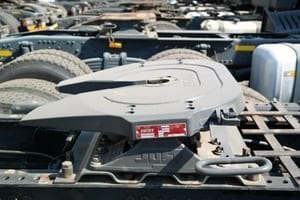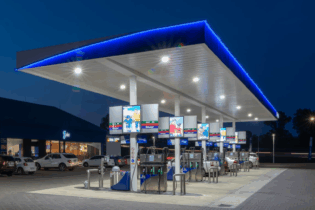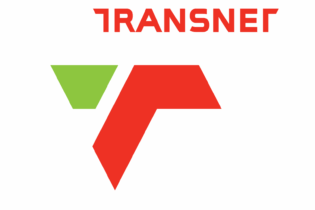For transporters, cutting back on maintenance procedures is both unsafe and financially imprudent. Rising operating costs mean that some people are not renewing their fleets, unless they are forced to. Consequently, the average age of vehicles is increasing and the cost of maintenance rising.
A stumbling block for operators using vehicles out of warranty and service plan is the pricing of replacement parts. Usually, OEM-manufactured parts are sold with a price premium over aftermarket replacement parts. This is because OEMs get them from tier one and tier two suppliers and need to audit and check their quality and performance attributes. They also audit the entire manufacturing process. This all comes at a cost. Aftermarket replacement parts are identical in terms of quality, performance, and reliability. These parts also carry test reports from various independent test laboratories. Counterfeit parts, on the other hand, have no such reports. Nor do they carry comprehensive warranties. When one is replacing parts, the following needs to be considered: Counterfeit parts cost a fraction of OEM-manufactured parts because they are reverse engineered. These manufacturing processes are therefore flawed and the component’s tolerances and performance – as well as its material qualities – vary widely. Production personnel who put them together are often times not very skilled, leading to a lack of consistency. Operators need to consider that, while counterfeit parts may initially cost a fraction of the cost of OEM-manufactured parts, they will likely cost more in vehicle downtime. These parts are likely to fail more regularly, have diminished longevity, and are generally unreliable.With diminished functionality and performance, there is a greater risk of accidents in which operators might lose cargo, damage property, or experience repudiations from insurers.
As an operator, you have to decide if you can safely reduce costs when buying replacement parts for your vehicles. There are some loads with rigs on the road today that are worth R10 million. Why risk that trying to save R1 000? Sometimes, parts buyers don’t know what they’re buying. People buying replacement products are not always engineers. To some, a brake drum is just a brake drum. People buy parts in good faith, from what they consider reliable sources, believing that a brake drum, for example, passes all necessary tests. At the same time, there is a drive to reduce the weight of vehicles, certainly in Europe and in the United States, where every kilogram counts. A brake drum should weigh between 48 kg and 55 kg, after machining. The brake drum’s wall thickness should be between 13.5 mm and 15.5 mm. The thinner it is, the more it expands, thereby reducing brake application. It is possible to take a few kilograms out of a heavy component, such as a brake drum – that is why people are doing it. But there are ways of doing it correctly: by speccing the right materials. It is also possible to negotiate discounts on parts pricing, dependent on monthly or annual purchase volumes. However, these discounts are often subject to high volumes of orders being placed with parts suppliers and this can be out of the realms of the smaller operator’s budget. TWA tip:Never try to cut costs on safety-critical parts: brake drums, brake shoes, and disc callipers. Never buy products without knowing where they’re made, what the specifications are, and without a guarantee.








